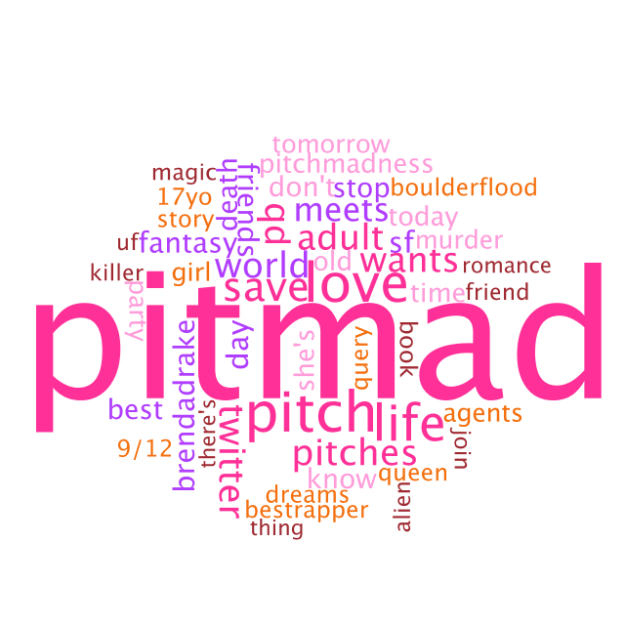
© Apple, Inc.
Like many of you, I came out of PiBoIdMo (Tara Lazar’s annual November challenge, Picture Book Idea Month) with more ideas than I can handle. Which ideas are going to stick around long enough to grow into stories? I use the Apple software Stickies to find out.
First, I rifle through my writer’s notebook for the ideas that really spring out at me, the ones that have energy, the stories that obsess and excite me.
Next, I use the Stickies app to litter my computer desktop with those ideas, so that every time I power up to write, I’m reading and rereading them. This gets the story compost going, growing stories even when I’m working on another draft or revision. I keep the compost hot by stirring every once in a while–moving favorite ideas to the top or coming up with clever titles for ideas that started with a character or situation or premise.
I write the first idea note in yellow, with a large, appealing font. By selecting “Use as default” under the Note drop-down menu, I can create new notes with the same size, color, font and format as the first note simply by pressing Command+N.
Throughout the year, I check in with my sticky ideas, using a color code to track my ideas through drafting and revision. I like to move from warm to cool colors as I progress through the writing process:
Yellow = Idea —> Pink = Outline or start —> Green = Complete draft —> Blue = Lightly revised —> Purple = Heavily revised —> Grey = Ready to submit

Using Stickies to grow ideas into stories, © L. M. Quraishi, 2014
(My desk doesn’t usually look this neat–I cleaned it up just for you!)
Since I compose on my laptop and use my desktop computer for other work, I keep my sticky ideas on the desktop so that my ideas are up in the background while I write. My laptop is where I collect research, resources, information, inspiration and wisdom from my writing peers.

© L. M. Quraishi, 2014
What do you do with your idea hatchlings? Where do you keep them safe? How do you feed them? How do you help them grow up into the stories they were meant to be?
We share ideas to change the world and ourselves. Make it happen!









 Today is the last day to donate to the
Today is the last day to donate to the 

